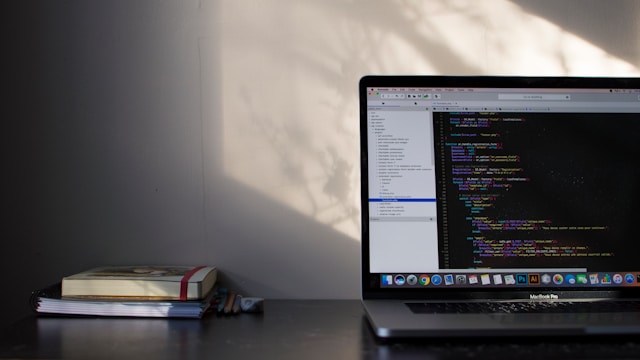In today’s digital era, encountering PC problems can disrupt our routines significantly. Whether it’s a slow computer or the dreaded blue screen of death, tech issues are frustrating. But don’t worry; troubleshooting common PC problems is easier than you think. This guide is here to arm you with essential tips and tricks to resolve these issues swiftly.
Understanding Common PC Problems
Every tech enthusiast has faced PC problems at some point. Here, we’ll explore some of the most common issues users encounter.
Slow Performance
Slow performance is one of the most frequent complaints among PC users. It affects productivity and overall user experience.
Blue Screen of Death (BSOD)
Seeing that dreaded blue screen is enough to make anyone’s heart skip a beat. The BSOD often indicates a serious issue that needs immediate attention.
Connectivity Issues
Whether it’s a Wi-Fi problem or trouble connecting peripherals, connectivity issues can be a significant hindrance.
In-Depth Troubleshooting Tips
Now that we’ve identified common problems, let’s discuss how to troubleshoot them effectively.
Solving Slow Performance
Clear Unnecessary Files
One of the simplest ways to speed up your PC is by cleaning out junk files.
Update Software and Drivers
Outdated software and drivers can cause your system to lag. Regularly check for updates and install them to ensure smooth performance.
Optimize Startup Programs
Too many startup programs can slow down your PC. Disable unnecessary applications from launching at startup through the Task Manager.
Fixing the Blue Screen of Death
Note the Error Code
When you encounter the BSOD, take note of the error code displayed. This code provides clues about the underlying issue.
Boot in Safe Mode
Restart your PC in Safe Mode to diagnose and fix the problem. In Safe Mode, only essential drivers and services load, making it easier to identify the cause.
Check for Hardware Issues
Faulty hardware components can trigger the BSOD. Run hardware diagnostics to identify and replace malfunctioning parts.
Resolving Connectivity Issues
Restart Your Router
Often, simply restarting your router can resolve connectivity issues. Disconnect the power, wait for a few seconds, and plug it back in.
Update Network Drivers
Ensure your network drivers are up to date. Outdated drivers can cause connection problems.
Check Network Settings
Verify your network settings to ensure they’re configured correctly. Sometimes, minor changes can restore connectivity.
Prevention is Key
Preventing PC problems is better than fixing them. Here are some practices to keep your system in top shape.
Regular Maintenance
Perform regular maintenance tasks like disk cleanup and defragmentation. These actions help keep your PC running smoothly.
Install Antivirus Software
Protect your PC from malware and viruses by installing reliable antivirus software. Regular scans detect and remove potential threats.
Backup Your Data
Regularly backup your data to avoid losing important files. Use external drives or cloud storage solutions for added security.
When to Call in the Professionals
Sometimes, PC problems are too complex for the average user. Here’s when you should consider professional help.
Persistent Issues
If issues persist despite your best efforts, it might be time to call a professional. A computer repair shop, such as those in Orem, has the expertise to diagnose and fix complicated problems.
Hardware Failures
Identifying hardware failures can be challenging without the right tools. Professionals can quickly determine and replace faulty components.
Data Recovery
In cases of data loss, professionals can help recover important files. They use specialized software and techniques to retrieve lost data.
Conclusion
Troubleshooting common PC problems doesn’t have to be daunting. With the right knowledge and tools, you can resolve most issues quickly. Remember to perform regular maintenance to prevent problems and know when to seek professional help.


